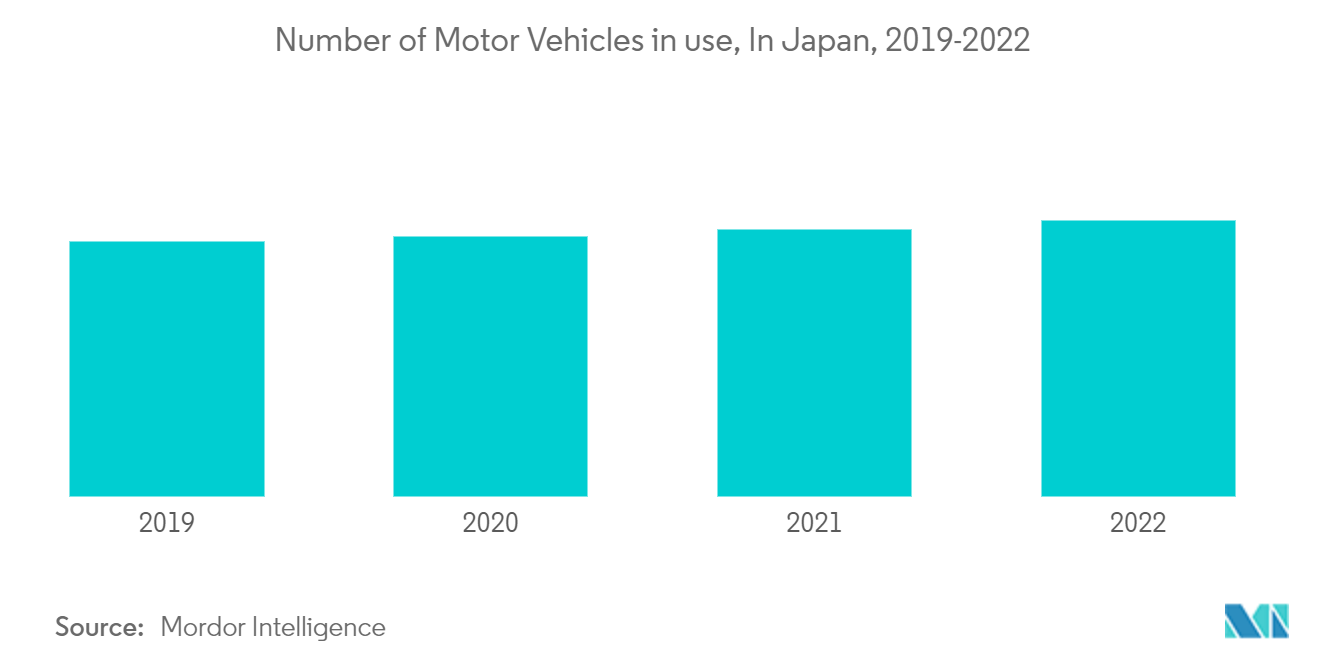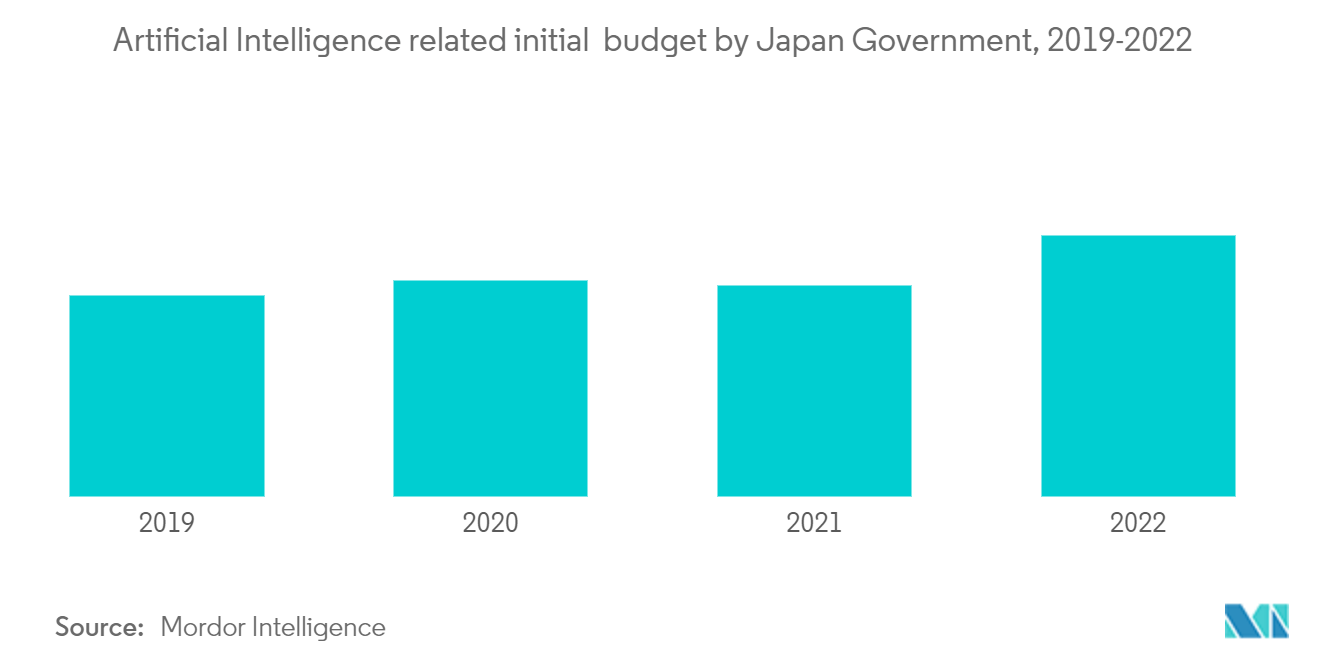Market Trends of Japan Motor Insurance Industry
Increase in Motor Vehicles
In 2021, 82.08 million motor vehicles were anticipated to be in use in Japan, continuing the series of record registration numbers. The main driver of this increase was the number of passenger cars registered. As of March 31, 2022, approximately 70.12 million passenger cars were on Japan's streets, up from about 58.73 million in 2012. The total number of motor vehicles in use, including motorcycles and similar vehicles, reached over 78.4 million in 2022.
People all over the world know that Japan's population is getting older and smaller every year.Nevertheless, the number of vehicles in use is growing. One justification for this can be found on the demand side of the market. While the typical household size has decreased, the number of households has continued to grow. Furthermore, supply has adjusted to the Japanese market with affordable small and lightweight vehicles.
But the change in population is likely to cause the number of vehicles to go down sooner or later as registrations are canceled and fewer are given out. This process could be improved because households, especially in cities, are less likely to buy their own cars. As a substitute, the market for shared vehicle use is expected to increase.

Government Focus On Technology Innovations
Non-life insurance companies gather big data for use in marketing and pricing. They are also hastening their operations by using AI (artificial intelligence) to assess claims payment and customer service functions such as call centers. The rising number of digital distribution channels is encouraging insurers to offer easier access to insurance policies. Insurtech, messaging platforms, and online sales channels are conducive to the insurance landscape in the country.
Through different distribution channels, insurance companies in Japan provide a wide variety of products with differing levels of complexity that are designed for different groups of businesses, individuals, and other organizations. This will offer ways to meet the emerging demands of every end-use customer and propel net sales.
Local market players in the country are focusing on marketing their competitive edge by rolling out more plans personalized for diverse sectors and developing more innovative digital features.
Furthermore, AI (artificial intelligence) is expected to carry out primary judgment in the region of insurance sales, underwriting, and payment of claims in the future. The term "fintech," which has just come into common use, is also used in the insurance industry. The insurance industry has also adopted the term "Insurtech" to refer to the fusion of insurance and information technology for developing insurance products and encouraging innovation in non-life insurance companies' operations.


